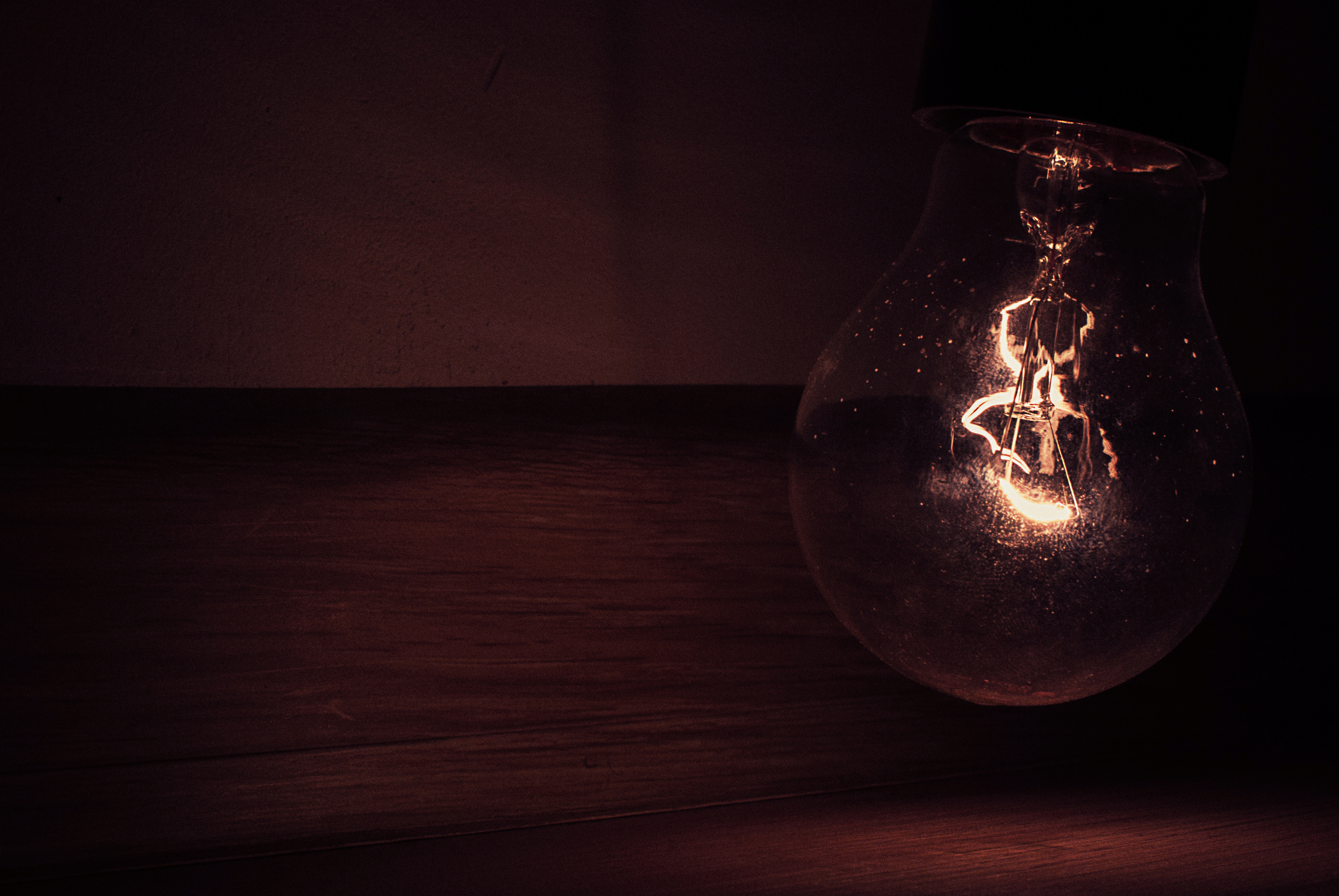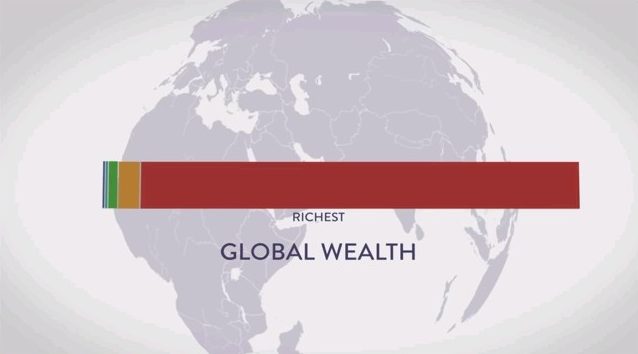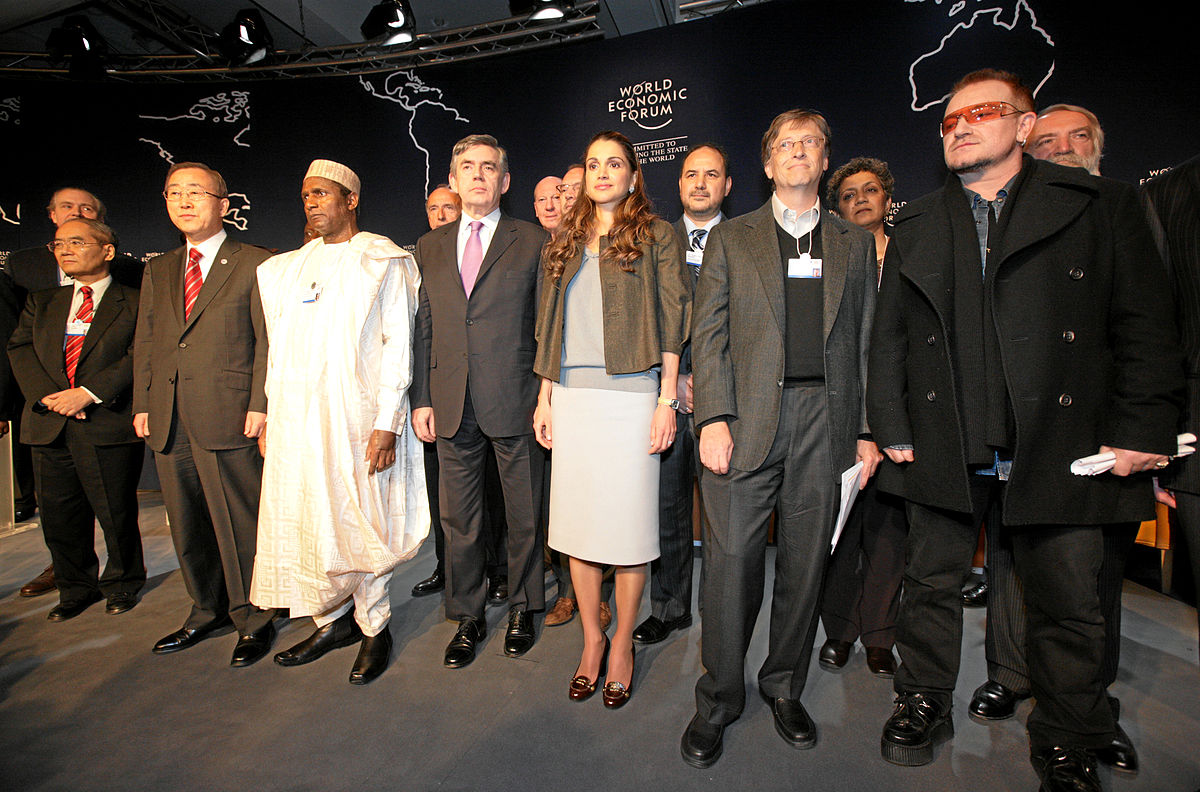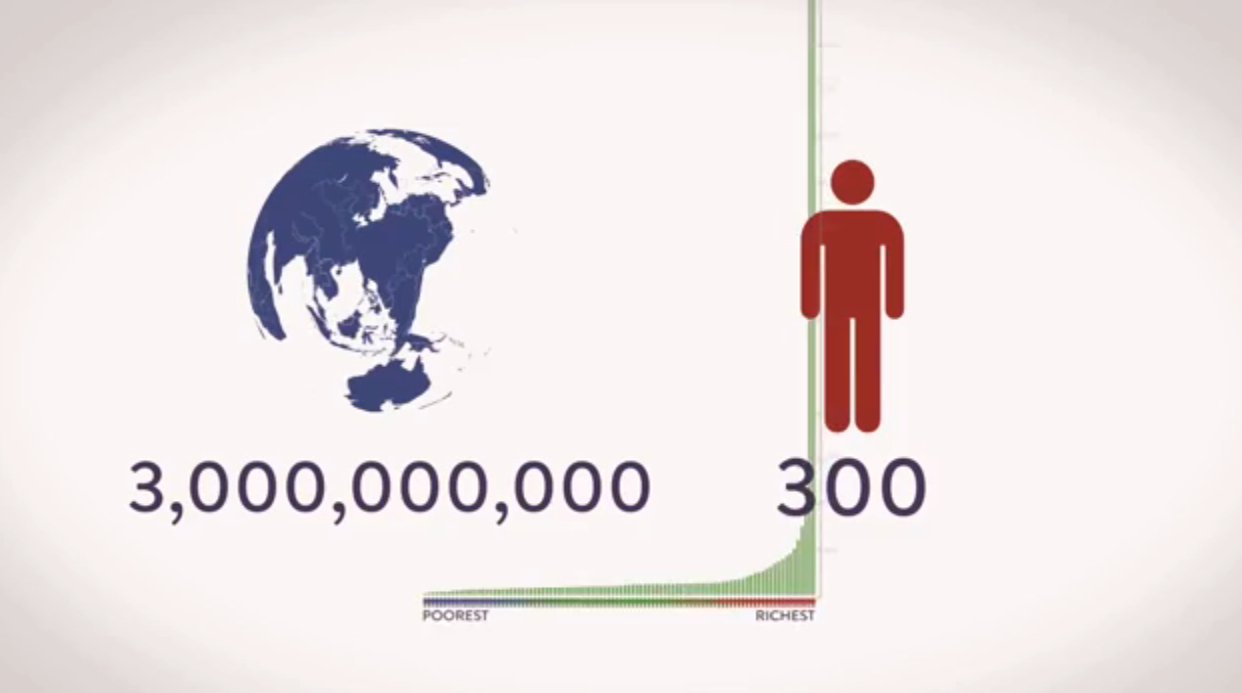
When you read this, independent India’s 15th Prime Minister, Narendra Modi will be towards the end of his trip to the UK. A trip, which unlike his previous foreign tours, has been preceded with more than the usual amount of resentment – from the locals as well as people of Indian origin. I say more than the usual, because a not-so-small group of people have always been mobilizing to protest Modi’s visits to other countries since he assumed office last year. However, these voices were so far dismissed as “fringe” or blacked out by the mainstream media. A media, which by all accounts, is owned by funders of Modi’s 2014 election campaign. But maybe it was just a case of an oversight? The first of many to follow – as you’ll surely see.
Things are different this time though. The sidelined fringe is finally seeping into the mainstream conversations. The talk of Modi’s blood-stained past, his seemingly unconcerned and inefficient present and, the ominous future of India and Indians is becoming increasingly difficult to turn away from.
It all started 13 years ago, in the spring of 2002, when Modi, the then Chief Minister of Gujrat, was allegedly complicit in a religious genocide of more than 1,000 Muslims in his state. It is widely believed, that Modi gave a ‘free hand’ to a blood thirsty mob of Hindu fanatics for three full days before his state police intervened in the now infamous Godhra riots. Post the riots, Modi solidified his image as a ‘modern day Nero’ with a series of inflammatory speeches and comments like calling Muslim refugee camps “child producing centres” and comparing dead Muslims to “puppies crushed under the wheels of a speeding car”. What followed was a rapid rise to prominence and popularity for Modi among the right wing Hindu groups and the average middle class Hindu voters. The skyrocketing popularity eventually led to him being projected as the Prime Ministerial candidate in last year’s Indian national elections and eventually, a historic landslide victory for the BJP – defeating the Indian National Congress, which was in office for 10 years up to that point. That, as bad as it sounds, was only the beginning.
Modi’s election campaign was built on promises of economic reforms and all-round development of India. The campaign messaging worked overtime to convince voters that the erstwhile “Butcher of Gujrat” had turned a new corner. In fact, so impressive was his marketing campaign that even the most steadfast doubters stopped to consider if he really had changed for better.
He hadn’t.
As soon as Modi came to power, the right wing radical Hindu outfits really came into the center-stage of national politics. Many of these were offshoots of the Rashtriya Swayamsevak Sangh (RSS), the ideological parent of the BJP and the organization that gave India its first terrorist – M.K. Gandhi’s killer, Nathuram Godse. It is worth noting that the RSS itself was banned as a terrorist outfit on three separate occasions by the Indian government. But, with BJP at center and Modi – an ex RSS man himself – as PM, the RSS and its radical sons started an unprecedented and unchecked reign of terror. A reign that started with the killing of a young Muslim engineer in Pune within a few weeks of Modi winning the election. At the time, as many liberal voices and sections of the media outraged, Modi himself did the most remarkable thing – nothing. Surely, the new Modi, who believed in development of India and all Indians was disturbed by such a terrible hate crime? Surely, it was simply an oversight? With so much on his plate, he just missed it. Right?
Wrong.
What unfolded over the next year and a half made the worst fears harboured by Modi’s detractors seem like dream sequences out of a Bollywood romantic comedy in comparison. There was incident after incident of hate crime, mob violence and intolerance while ministers, member of parliament and top leaders in the PM’s party routinely gave inflammatory speeches targeting religious minorities and asking anyone who dissented to “go to Pakistan”. Clearly visa issuance officers are working overtime under these guys (as if an ever travelling PM wasn’t enough). All this while, the PM himself was too busy to notice – as he visited numerous foreign countries, flubbed names of some of those countries (is it Bhutan or Shillong or Nepal? I can never tell!), took selfies, made sexist remarks towards Bangladeshi PM Sheikh Hasina, looked utterly confused at a Chinese museum, took a few more selfies, mis-quoted Star Wars to Wolverine, pushed Mark Zuckerburg out of the way and of course, took some more selfies (can never get enough of those!). So it’s understandable, of course, that he would forget to even comment on, let alone check, the growing hatred and intolerance within his own ranks.
Finally, things came to a head when atheist scholar Dr. MM Kalburgi was murdered by the Hindu right wing outfits and his murder was soon followed by the murder of Mohammad Akhlaq by a crazed mob over rumours of eating and stocking beef (it is illegal in some parts of India to eat beef since the cow is of religious importance to Hindus) in Dadri, a village about 50 KMs from New Delhi. It was later found that the mob was carefully organized by some right wing elements and the “beef” found in Ikhlaq’s home was actually mutton. The incident became the straw that broke the camel’s back. It shook the entire nation to its core and while people were still coming to terms with it, three more similar mob killings happened in different parts of India. In all cases, the people killed were Muslims and the reason for killing was alleged beef eating or cow slaughter. Most shockingly, all allegations were later found to be false! But, surprisingly the PM was still mute – a term that ironically, he had unfailingly and unabashedly used for his predecessor, Dr. Manmohan Singh during the election campaign.
So why is Narendra Modi so quiet on these issues? He certainly can use his booming voice to shout rhetoric during election campaigns. Something he has repeated often in state election campaigns for BJP, even after becoming the PM. In fact, it seems that he is at his best when making tall claims and false promises. Like bringing back all black money stashed overseas and crediting accounts of all Indians by Rs. 1.5 Million. Something, that if you saw the pair of shoes I wear, would know didn’t happen – even though it’s what Modi promised to do if he became PM. So perhaps it’s because of such failures to deliver on promises that people who voted for BJP in the general elections are already turning away and choosing other parties in state elections. The crushing defeats of the BJP in Delhi and Bihar elections bear testimony. If that wasn’t enough, the cup of woes for Modi and BJP is now brimming with a nation wide dissent campaign by artists, film makers, historians and army veterans, who are returning their national awards as a show of protest to the growing intolerance. And yet, SURPRISE! Modi still refuses to address these issues. Is it because he just doesn’t notice? Is it because no one has asked him for his opinion? Or is it because he is merely a remote controlled PM, managed and instructed by the RSS to avoid making any comments on the hate and intolerance that threatens to burn the very fabric which the diverse and multi cultural India has been woven with?
Only Modi can answer these questions. That is, if he can find his voice.









Dear Abhimanyu
you have presented the facts very well. But i want the answers of few questions from you.
1. the representative of government (ministers) have given statement and condemn these incidences. they also make it clear that such activities are unacceptable.So is it necessary for pm to issue statement individually??
2. Do state govt where the incidence took place are not responsible for lack of law and order in their state?? is it necessary to blame the central govt and pm for all issues??
3. why there is no “award wapsi ” after Bihar election gets over??
4. Are the demands of the respected armed force personnel are justified?? there is no country in the world which review the pension on yearly basis. And the defense minister is monitoring the issue. now is it necessary for the pm to issue an individual statement in this regard??
5. If it is possible for one person to look after everything then what was the need of so many departments and ministers?? isn’t it unjustified to seek pm statement for every thing when the work is divided among different ministries??
6. Don’t you think that pm foreign visits are strengthen India’s relation with these countries? and strengthening relation with other countries especially neighbors is part of foreign policy??
7. Whenever pm visit any foreign country he promote brand India, which results in increase in investment in our country. Don’t you think these investments are necessary for developing infrastructure and creating employment??
Hi, thanks for your comment. I’ve tried to respond in the same order you put your thoughts across:
1. It is because it’s the same PM who hops from town to town to campaign for his party whenever there is a state election going on. He is quick to turn into Katy Perry and roar on the election campaign dais at every opportunity. Surely if he is so interested and concerned about welfare of separate states and their governance, he can say a word or two about hate crimes that happen in the state too. Moreover, it’s not like he is always silent. He is only silent when the incidents implicate Hindu radical outfits. Because he was quick to condemn and mourn the death of Gajendra Singh. He is quick to mourn and condemn the attacks in Paris. But when there is a hate crime in India by a saffron outfit, he suddenly loses become.
2. No one is ‘blaming’ the central government for the incidents. Read above. Modi’s selective silence is as good (or as bad) as endorsement.
3. You mean no new artists, historians or writers have returned their awards post Bihar election results. It doesn’t mean no more will – which they probably will if another act of intolerance happens. But on that note, maybe you can tell me why Anupam Kher didn’t lead an #IndiaIsNotcorrupt march when there was an anti India corruption movement – a movement which was also joined by many artists, film makers and public figures. Why didn’t people questioning democratic dissent now ask Pooja Bedi, Kabir Bedi, Baba Ramdev etc then that where they were when Bangaru Laxman was caught taking bribe on camera?
4. I’ll exclude this from my responses for now as I didn’t include OROP in my article and it requires a whole separate debate to go into the nuances.
5. Again, see 1 and 2.
6. I find this ironic considering your previous point that “what was the need of so many departments and ministers’ since by definition “strengthening foreign relations” falls directly under the purview of Ministry of External Affairs and not PMO. That said, there’s been no study which says India’s external relations have improved in any way since 2014 to now. If anything, I’d say relations with Pakistan, Nepal and Bangladesh (the neighbouring countries) has deteriorated for different reasons.
7. Ah, the increase in foreign investment! A common Modi rhetoric which like most of his other claims, have little to do with the truth. Many of the investment deals materialising now were inked during Manmohan’s tenure and Modi, being Modi is shamelessly taking credit. That said, I’d love to address them on case-by-case basis if you could point out some examples with links of such “foreign investments” that happened as a direct result of Modi’s selfie filled vacations. And no, his billion dollar worth deals for Adani and Ambani don’t count. That’s just him paying them back for funding his campaign. And because they also hold a copy of the remote control he is operated by.
So well written. Of course, a lot of people will deliberately find it too hard to ‘understand’. But it’s remarkable that some people DO see these clever loopholes in the middle of the so-called ‘Prime-Ministerial’ fully fumded fun-filled World tour!
🙂 Thank you.
Also, “‘Prime-Ministerial’ fully funded fun-filled World tour!” 🙂
By the way, here is a prime example of selective straining of the vocal chords:
As I noted above, Modi was conspicuous by his silence when Dr. MM Kalburgi was killed. Even though it was a hate crime and got a lot of press and public attention. However, he was quick to send out a string of nice little eulogy tweets at the death of VHP leader Ashok Singhal today and even took the opportunity to top it off with a aww-so-cute tribute to “Balasaheb Thackrey ji” on his “punya tithi”.
Now, we know who these men were and the roles they played in dividing communities and inciting violence. So, when the PM sits with the mute button firmly pressed on his remote when an atheist scholar is murdered by Hindu extremists, but falls over himself to send out condolences and homages to champions of communal hate, then it becomes abundantly clear where his allegiance lies.
I would also want to add up to the question of state government involvement in Akhlaq murder by Mr. Yogesh.
It’s not that we hold PM personally responsible for such events. Even if we believe that it was state government’s lookout then couldn’t the PM for once condemn the state government for it. Even the statement that came from his side after much hoopla was clearing Bjp of such accusations. Why does he behave like a BJP head all the time? He is our PM. And sorry to say if he himself behaves as a BJP chief then even of others would treat him as such.
And if he isn’t responsible for state government issues then at least he is responsible for his minister’s tongues or not. When those people issue statements in national media then why scolding or condemning them in a closed room. Why not send a message to those people who get hurt by such statements that he would keep a hard hand over such elements and not let harm come to them.
And as for the thing that PM having to say on every matter.. Well iI request you and lines of you to have a look at PM’s twitter. He would even tweet about changing seasons. But not one tweet on any of these matters. Shouldn’t that create resentment in the people.